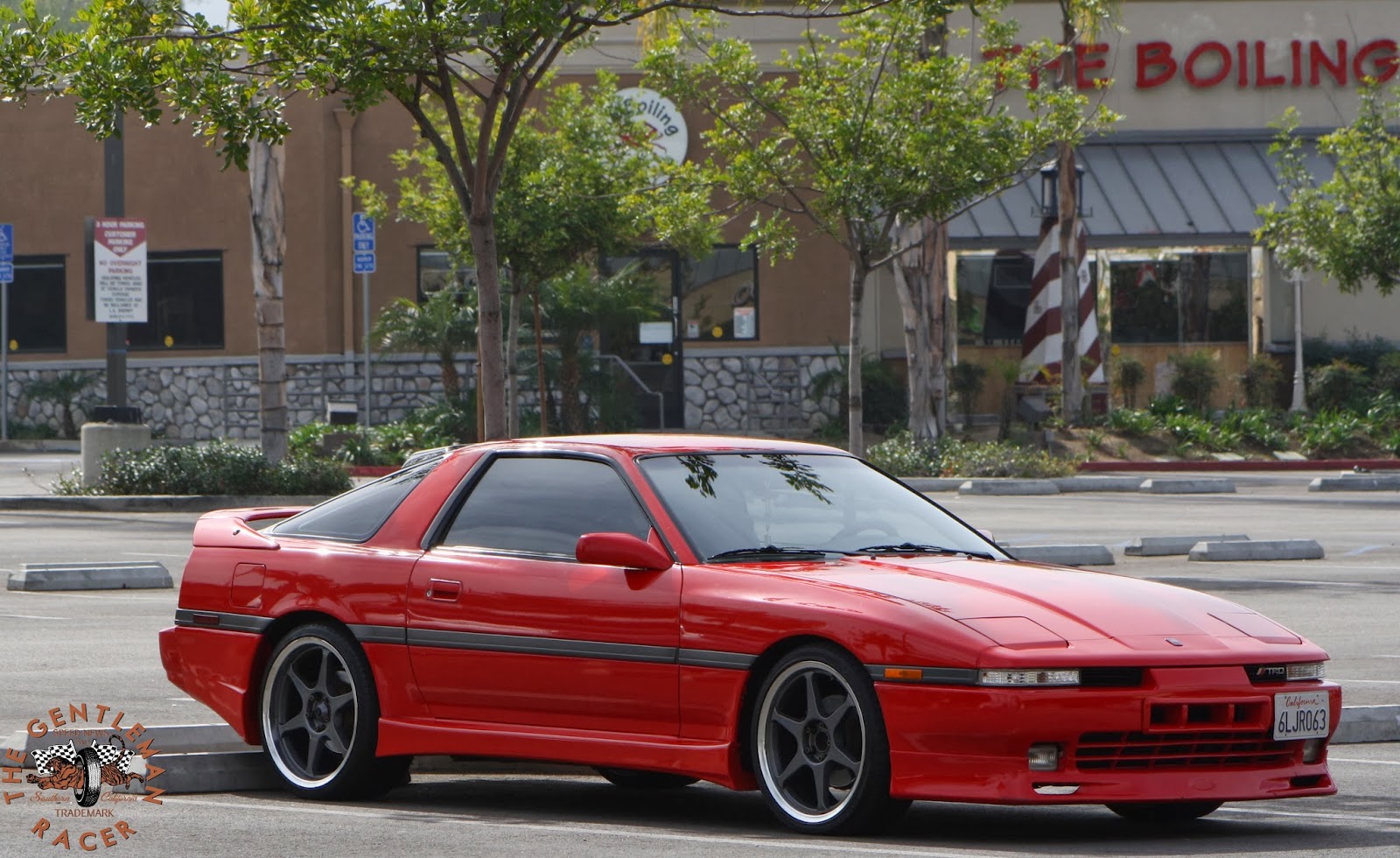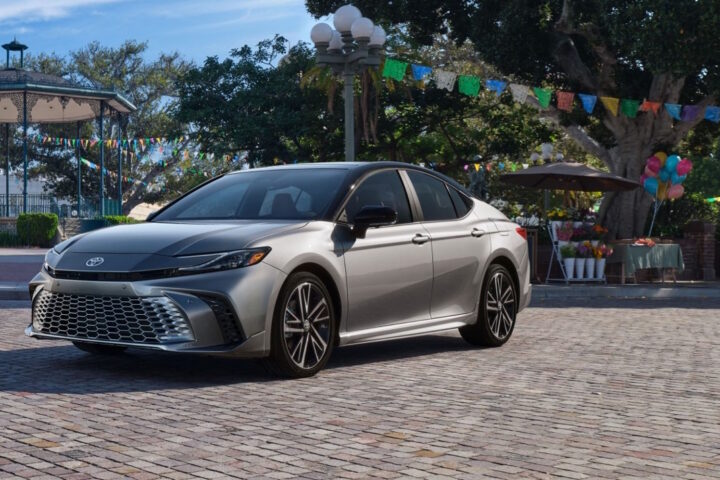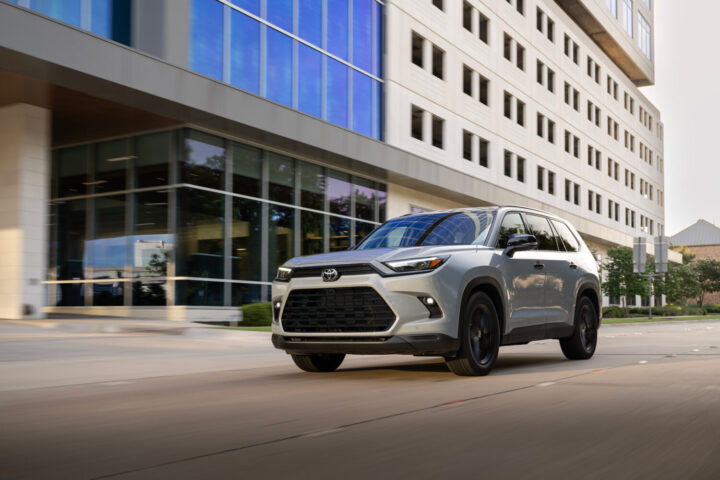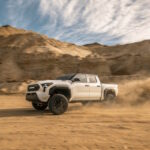by TGR Staff
Spotted this while in the City of Industry the other day, you don’t see clean Supras of this generation often. In February 1986, the bonds between the Celica and the Supra were cut; they were now two completely different models. The Celica changed to a front-wheel-drive layout, using the Toyota “T” platform associated with the Corona, while the Supra kept its rear-wheel-drive layout. The engine was updated to a more powerful 3.0 L inline-six engine rated at 200 hp. Although initially only available with naturally aspirated engines, a turbocharged version was added in the 1987 model year. The Supra was now mechanically related to the Soarer for the Japanese market.
The third-generation of the Supra represented an arsenal of new technology. In 1986, options available for the Supra included a 3-channel ABS and TEMS which gave the driver two settings which affected the damper rates; a third was automatically activated at wide open throttle, hard braking and high speed maneuvering.
ACIS (Acoustic Control Induction System), a method of controlling air compression pulses inside the intake piping to increase power, was also a part of the 7M-GE’s technological arsenal. All models were fitted with double-wishbone suspension front and rear. A targa top was offered in all model years along with a metal power sliding sunroof (added in 1991).
The production number of the GA70/MA70/JZA70 Supra was 241,471 units.





















